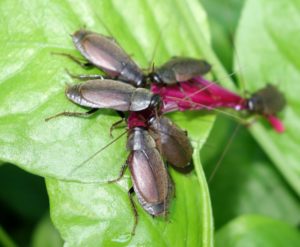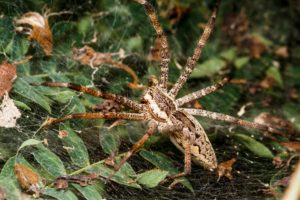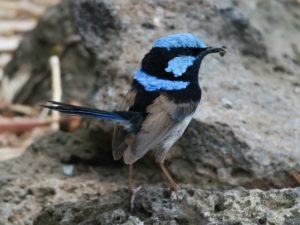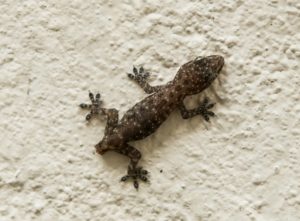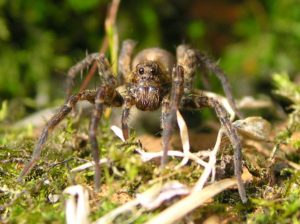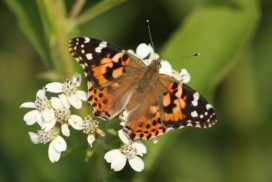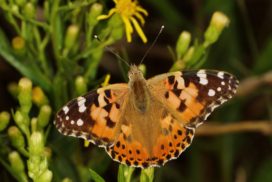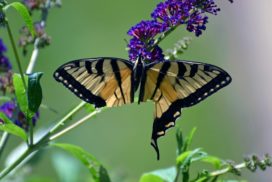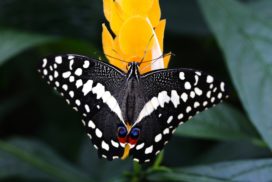WHAT ARE SOME FACTS ABOUT PAINTED LADY MIGRATION?
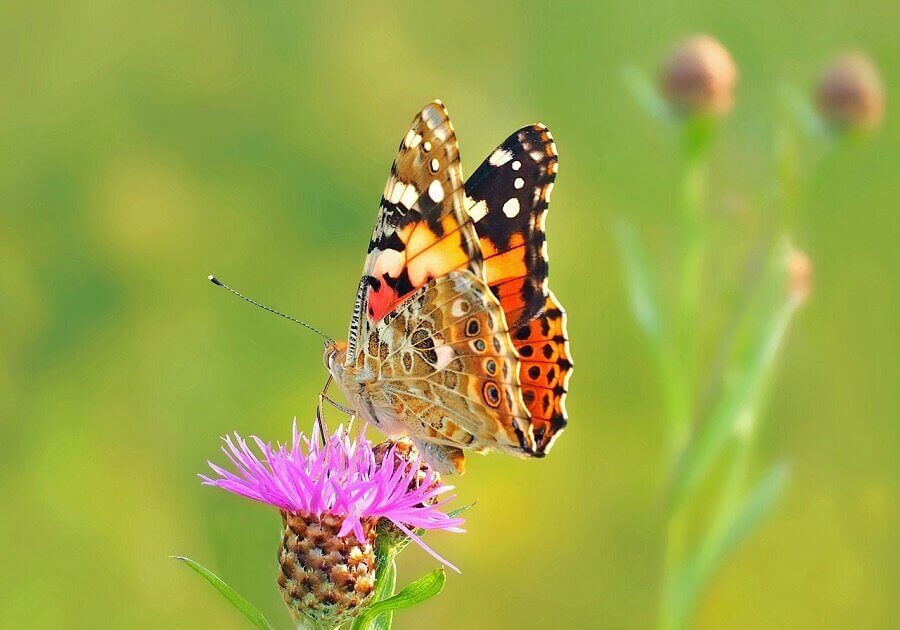
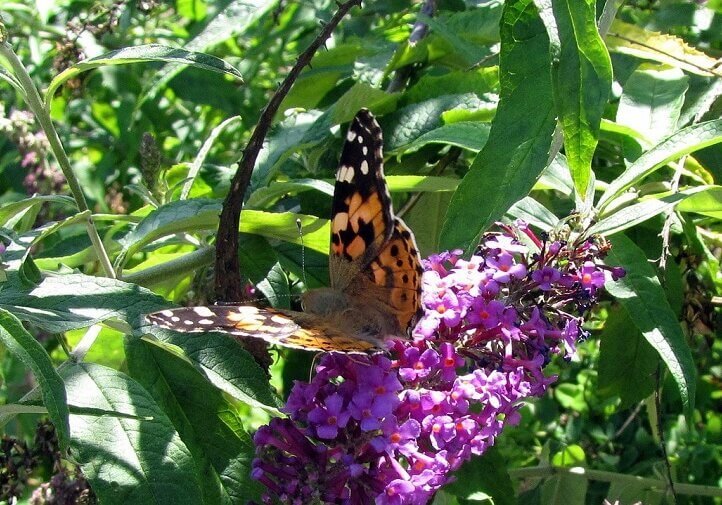
At the end of each summer, painted lady butterflies migrate south from northern Europe to Africa. According to Butterfly Conservation, they fly at an altitude of 500 meters (approximately 1,600 feet), riding favorable winds at an average speed of 48 kilometers per hour (30 miles/hour).
The annual migrations, which take six successive generations of painted butterflies to complete, cover a distance of 14,400 kilometers (9,000 miles) and start from the fringes to the Arctic and end in West Africa. The painted ladies that return to Africa in autumn are grandsons and granddaughters of the butterflies that left earlier in the year. With a brain, the size of a pinhead, the migration of the painted lady butterflies has amazed researchers.
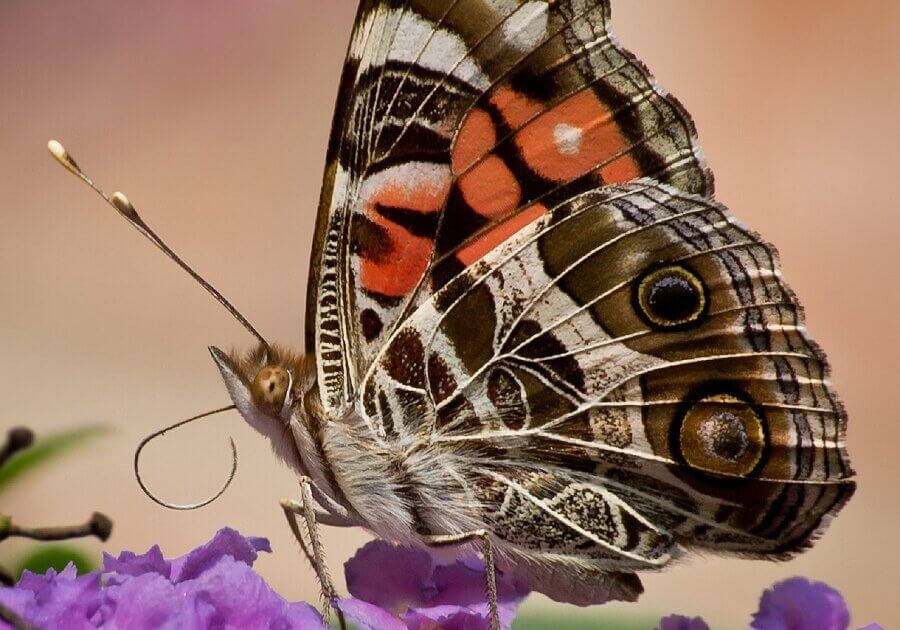
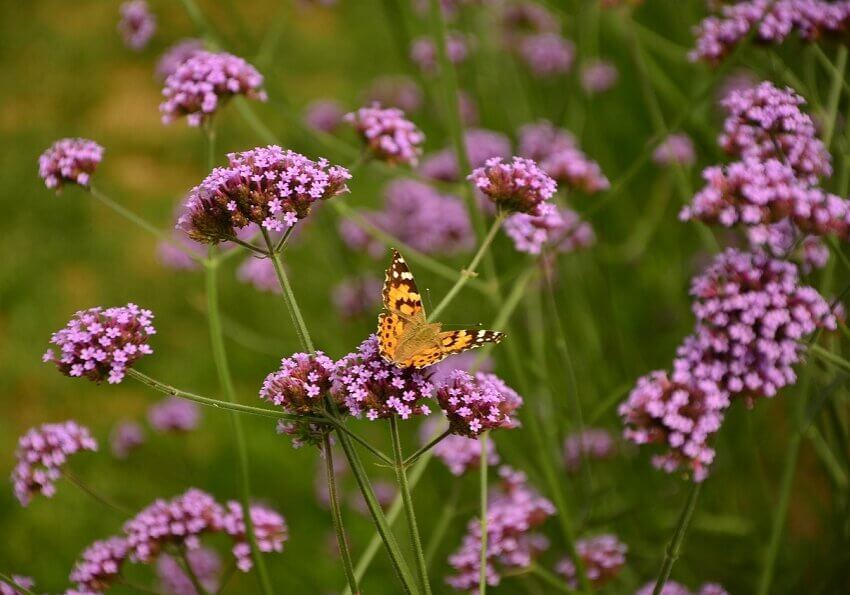
Recent posts
Join us on social media or subscribe!
Sign up to receive our articles in your inbox!
Enter your name and email address below to subscribe.
